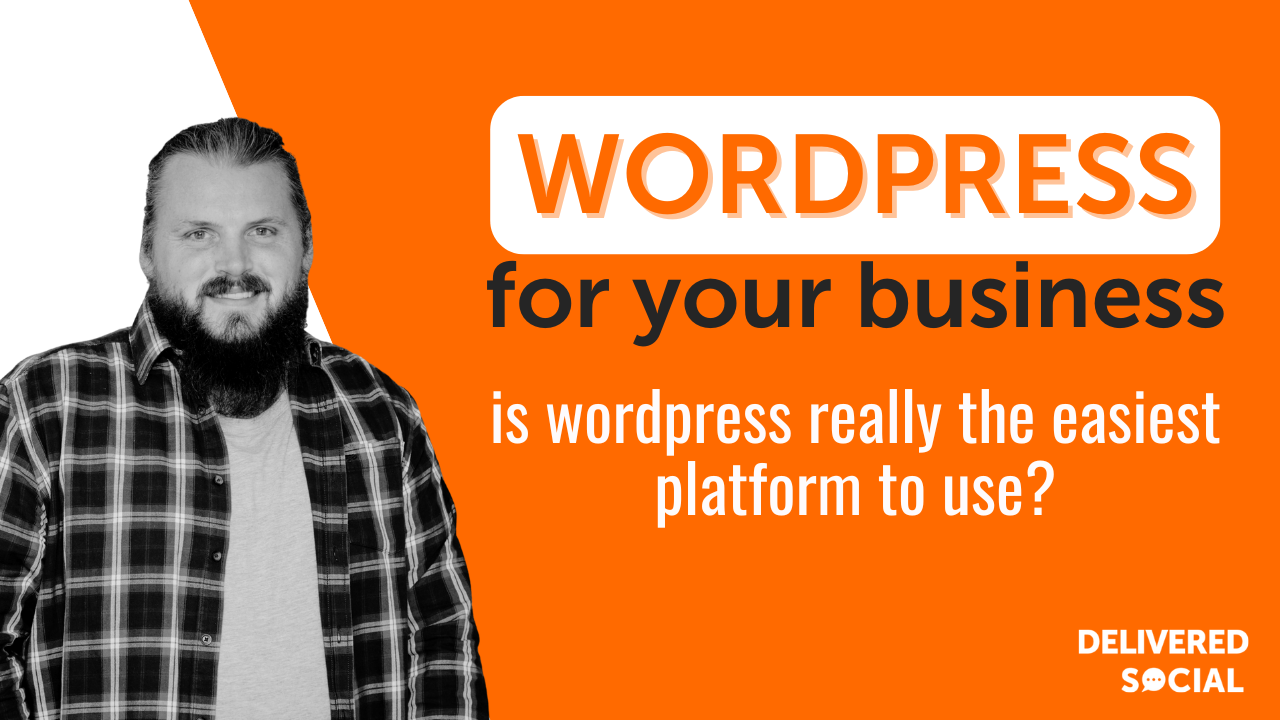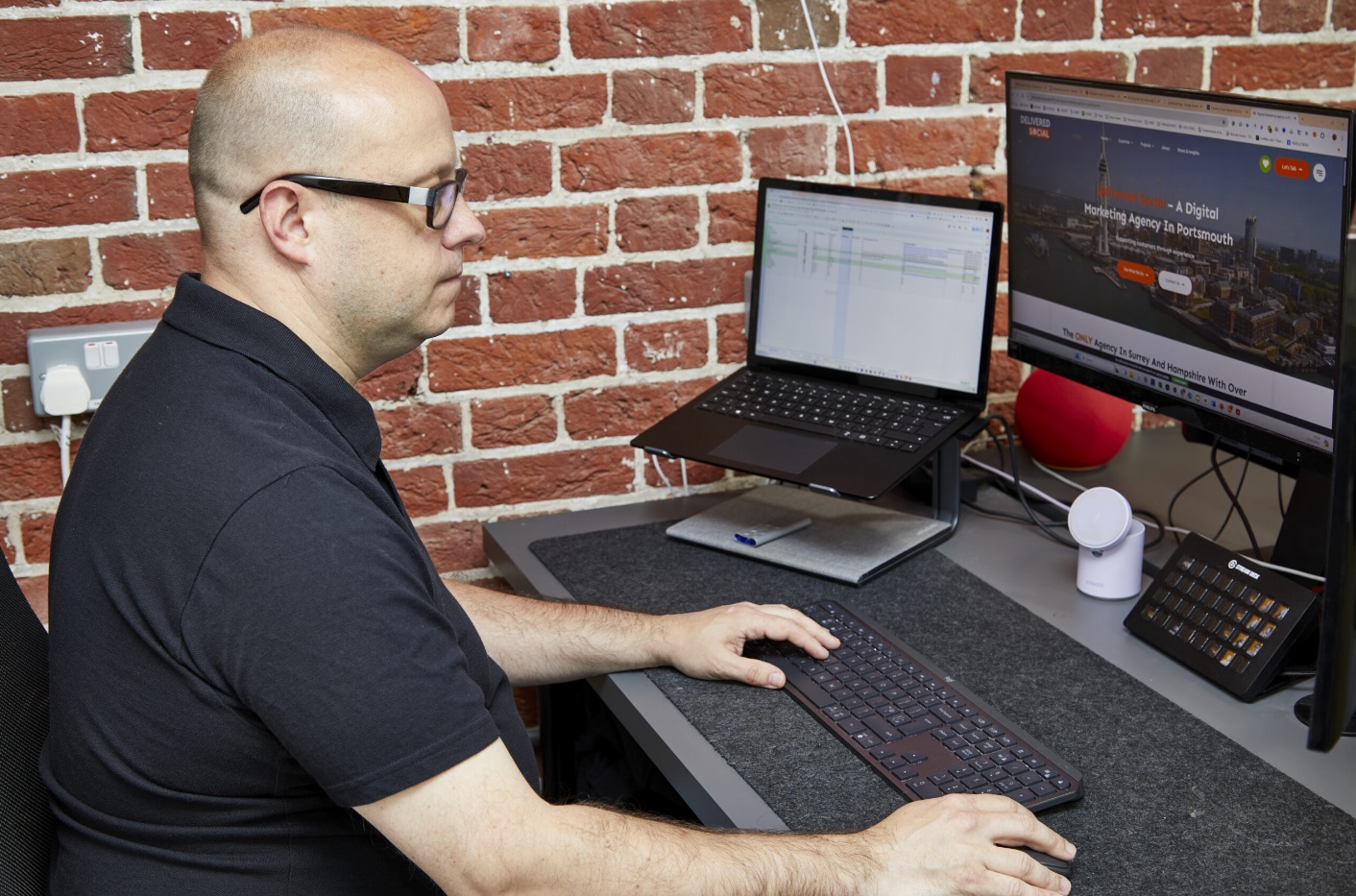
Building a website can feel like a big task, especially if you don’t have a background in design or coding. WordPress is one of the most popular tools people use to create websites, from personal blogs to online stores. But many first-time users ask the same question: is WordPress easy to use? This article looks at what it’s like to get started with WordPress, how its features actually function, and whether someone with no technical skills can manage it on their own. We’ll break down the basics so you can decide if WordPress fits your needs and comfort level.
User-Friendly Dashboard
WordPress offers a dashboard that is simple to understand. The layout is clear, and each section has direct labels. Users can find key tools like Posts, Pages, Media, and Settings in the left-hand menu. This makes it easy to know where to go for different tasks.
The dashboard does not require special training. Someone with little experience can still update content or publish a blog post without trouble. Tasks such as adding images or editing text involve a few clicks. The process stays consistent across most functions.
The drag-and-drop feature helps organise content without needing code knowledge. For example, when building pages using blocks or widgets, users only need to move elements around on the screen. This reduces confusion and saves time for those new to managing websites.
Menus use plain terms instead of technical ones. That means someone who has never built a site before can still figure out how things connect within the system. Creating new posts or uploading media becomes part of a regular routine rather than something difficult.
Updates appear clearly at the top of the screen with prompts that explain what needs attention. Whether it’s plugin alerts or theme changes, users see exactly what actions they should take next.
When asking is WordPress easy to use, looking at its dashboard gives one clear answer: yes, because everything is laid out in a way that’s logical and direct.
Even as features grow over time, WordPress keeps its structure steady so people don’t have to relearn every tool after an update. That consistency builds confidence among both new users and experienced ones alike.
With all major controls grouped into one place and labeled plainly, daily website management becomes manageable for anyone willing to try it out—even without any previous background in web design or development.

Wide Range of Themes and Plugins
WordPress gives users access to thousands of themes and plugins. These tools let people change how their website looks and works. No coding knowledge is needed to use them. This makes WordPress useful for beginners as well as those with more experience.
So, Is wordpress easy to use? well you’re able to customise a lot! Themes control the layout, colours, and overall structure of a site. There are free options available directly from the WordPress theme directory. Premium themes can be bought from developers or marketplaces. Users can install a theme with just a few clicks. Switching between them is also simple if someone wants to try a different look.
Plugins add new features to a site without changing its design. For example, users can add contact forms, online stores, booking systems, or image galleries through plugins alone. Many of these tools also come with setup guides that walk users through each step.
This large selection means people can build websites that match their goals without hiring developers. A blogger might choose a basic theme with social sharing buttons while an online store owner could install ecommerce tools like WooCommerce for payment processing and inventory control.
Updates for both themes and plugins happen regularly within the dashboard area of WordPress. Most updates require only one click to apply. This process helps keep sites running smoothly without much effort from the user.
Because everything is built around easy installation and management, many ask: is wordpress easy to use? The wide assortment of themes and plugins plays a strong part in making it so.
People who want full control over their site’s appearance or functions do not need advanced skills here. With some trial-and-error or by following tutorials, most users figure things out quickly using what’s already available inside WordPress itself.
Supportive Community and Resources
WordPress has a large user base. This group includes developers, designers, bloggers, business owners, and beginners. Because of this wide range of users, there is constant sharing of knowledge. People often post answers to questions in public forums. These discussions help others solve problems faster.
A new user can find thousands of blog posts that explain how features and tools function. Many websites offer step-by-step guides on specific tasks like installing themes or setting up plugins. Video platforms also host detailed tutorials for those who prefer watching instead of reading.
Official WordPress documentation is available online at no cost. It covers all basics and also explains complex topics in simple terms. If someone asks, is WordPress easy to use, the availability of these materials supports a strong case for yes. The documentation stays updated as the platform changes over time.
Community support also comes from question-and-answer sites where experienced users give feedback quickly. Platforms like Stack Overflow and Reddit have active threads about common issues or advanced tips.
There are local meetups in many cities where people share advice face-to-face. Events such as WordCamps allow users to connect with others who use the platform daily for different needs.
Social media groups focused on WordPress provide another way to ask questions or get suggestions from real people using it regularly.
The wide access to learning tools helps reduce confusion when starting out or trying something new within the dashboard. With so many people contributing their knowledge freely, most problems already have an answer somewhere online.
This shared support system lowers barriers for anyone trying to build or manage a website using WordPress without needing technical skills right away.
Regular Updates and Security Features
WordPress releases updates often. These updates fix problems, improve performance, and strengthen protection. Users do not need to understand code or hire a developer to apply them. Most of the time, updates can be done with just one or two clicks from the dashboard.
When WordPress rolls out a new version, users receive a notice inside their admin panel. From there, they can update plugins, themes, and the core system quickly. This process helps keep sites running without delay or downtime. It also lowers the risk of someone gaining access without permission.
Automatic updates for minor changes come built into WordPress by default. This means users do not even have to think about small fixes; they happen in the background. For major changes, WordPress gives clear instructions before any action is needed.
Plugins and themes also get frequent improvements from their developers. Keeping those updated is key to avoiding problems like broken features or unsafe files. The platform offers reminders when something needs attention so nothing gets missed.
Security tools such as login control and spam blockers can be added easily through plugins found in the directory. Many of these tools come with settings that guide users step by step during setup.
New users often ask: is WordPress easy to use? The answer becomes clearer once they see how simple it is to manage site security through regular updates and basic plugin use.
By handling most tasks through buttons instead of code, WordPress makes site care more manageable for people who do not build websites full-time. Even those with limited experience can maintain safe conditions by following update prompts regularly and checking for alerts within their dashboard.
“Is WordPress Easy to Use” – The Common Question Answered
Many people who want to build a website often ask, is wordpress really easy to use? This question comes up often because not everyone has experience with web tools. The short answer is yes. WordPress is built so that people without technical skills can still manage and update their websites.
The platform offers a control panel that is clear and direct. Users can add pages, upload images, and write blog posts without learning code. Most tasks follow the same steps each time, which helps users get used to the process quickly. Menus make it simple to move from one section of the site to another.
Templates play a big role in helping new users get started. These ready-made designs allow someone to launch a site fast by picking a layout that fits their needs. From there, they can change colors, text, and menus using basic settings.
For those who want more features later on, plugins come into play. Plugins add things like contact forms or photo galleries with just a few clicks. Many of them install directly from inside WordPress without needing extra tools or files.
Even though it’s simple for beginners, WordPress also supports complex sites for people who need more control or have coding knowledge. Developers can adjust themes or create custom features through access to core files.
Help is available too—thousands of guides exist online covering every part of WordPress setup and use. Forums offer answers from other users facing similar situations.
The way WordPress balances simplicity with flexibility makes it useful for many different types of users—from bloggers and small business owners to developers building client projects. Each person can choose how much they want to learn or handle themselves based on what works best for their goals and skills.

Content Creation Made Simple
Writing and publishing on WordPress works much like typing in a basic word processor. Users can place text, insert photos, and add videos without needing extra training. The interface is direct and clear. This makes it possible for people with little experience to produce pages or posts fast.
The block editor, also called Gutenberg, breaks content into small parts. Each part can be moved or changed without affecting the rest of the page. For example, someone can drag a paragraph above an image or place a video between two pieces of text. This system gives users full control over layout without using any code.
Adding media is quick too. You can upload pictures from your device or pick existing ones from your media library. Embedding a video only takes pasting its link from platforms like YouTube or Vimeo. There’s no need to adjust settings manually—WordPress handles that part.
Formatting tools sit at the top of each block. These include bold text, bullet points, headings, links, and more. Choosing how something looks on a page takes just one click. If you make a mistake while editing, undo options let you fix it right away.
For those asking is WordPress easy to use, this method of building content shows why many say yes. Without touching complex menus or tech terms, users can create blog entries or website pages with structure and clarity.
Templates help speed things up even more by offering pre-made layouts for common types of content such as contact forms, photo galleries, or simple articles. Instead of starting from zero every time, users fill in their own words and images into ready-made spaces.
Publishing is also simple: press one button when ready to go live – or schedule for later if needed. All these steps happen inside one dashboard so there’s no confusion about where things go or how they appear online.
WordPress removes barriers that often slow down new users trying to share their ideas online through writing and visuals alike.
Why WordPress Continues to Be a Top Choice for Users of All Levels
With its intuitive dashboard, vast selection of themes and plugins, and a strong support network, WordPress proves itself as an accessible platform for beginners and experienced users alike. The platform’s commitment to regular updates and built-in security features further enhances user confidence. Whether you’re launching a blog or managing a business site, content creation is streamlined and efficient. So, when asking “is WordPress easy to use,” the answer is a confident yes—its design prioritises usability without compromising on flexibility or power, making it one of the most user-friendly website platforms available today.
Interested In Working Together?
Introducing Delivered Social. We’re The Most-Rated Digital Agency In Surrey & Hampshire – We’ve Got To Be Doing Something Right.
Delivered Social is a digital marketing agency with one mission—to help businesses grow. We’re famous in Guildford and Portsmouth for our social clinics. We believe in free advice. We build lasting relationships because our team prides itself on being helpful, which our clients appreciate.
If you are looking for a new website or an agency to manage your social media presence, we can help.
If you need something slightly different, here's a super handy list of all our services, or you can always email us.























